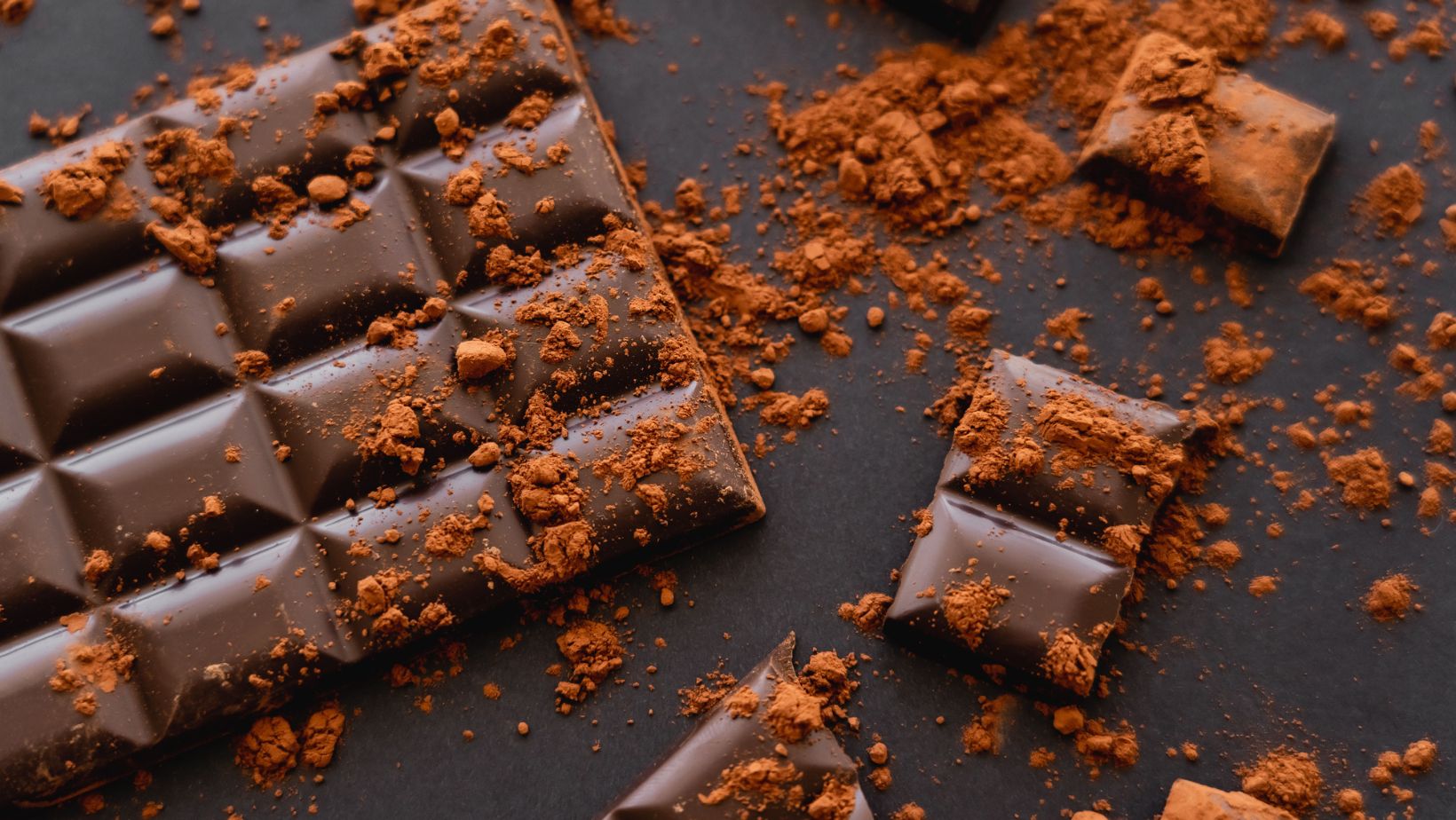Have you ever wondered why chocolate has such a powerful hold on our taste buds and emotions?
What makes this treat, derived from the humble cacao bean, a global obsession? On September 13, we celebrate International Chocolate Day, a delicious occasion that invites us to indulge in and appreciate the rich history and cultural significance of this beloved confection.
History of International Chocolate Day
International Chocolate Day, celebrated on September 13, coincides with the birthday of Milton S. Hershey, the founder of The Hershey Chocolate Company. However, the history of chocolate itself dates back much further, to ancient Mesoamerican civilizations. The Olmecs, Mayans, and Aztecs cultivated cacao trees and used the beans to create a bitter drink they believed had divine origins.
Chocolate made its way to Europe in the 16th century, following the Spanish conquest of the Aztec empire. Initially consumed as a drink and considered a luxury, it wasn’t until the 19th century that solid chocolate as we know it today was developed.
The invention of the cocoa press by Dutch chemist Coenraad van Houten in 1828 revolutionized chocolate production, making it possible to create smooth, solid chocolate.
International Chocolate Day was established to celebrate this rich history and the cultural impact of chocolate worldwide. It serves as a day to appreciate the artistry of chocolatiers, the hard work of cacao farmers, and the joy that chocolate brings to millions of people every day.
The date also encourages awareness about sustainable and ethical chocolate production, highlighting the importance of fair trade practices in the chocolate industry.
Ideas to Celebrate International Chocolate Day
Celebrating International Chocolate Day can be a delightful experience for chocolate lovers of all ages. Whether you prefer dark, milk, or white chocolate, there are numerous ways to honor this sweet occasion. Here are some ideas to make your celebration memorable:
- Host a chocolate tasting party featuring chocolates from different regions
- Try your hand at making homemade chocolate truffles or bark
- Take a virtual tour of a chocolate factory or museum
- Learn about fair trade chocolate and support ethical chocolate makers
- Create a chocolate-themed dessert board with various chocolates and pairings
The Science of Chocolate Cravings
The allure of chocolate goes beyond its rich taste and smooth texture. Scientists have long been intrigued by the powerful cravings many people experience for chocolate. Research suggests that chocolate’s appeal lies in its unique combination of sensory characteristics and chemical compounds.
Chocolate contains several mood-boosting substances, including phenylethylamine, a compound that triggers the release of endorphins, and tryptophan, a precursor to serotonin. These chemicals can contribute to feelings of pleasure and well-being. Additionally, the high fat and sugar content in many chocolate products activates the brain’s reward centers, further reinforcing the desire for chocolate.
The sensory experience of eating chocolate also plays a significant role in its appeal.
The way chocolate melts at body temperature creates a pleasant mouthfeel, while its complex flavor profile, combining sweet, bitter, and sometimes fruity notes, engages multiple taste receptors. This multisensory experience contributes to chocolate’s status as a comfort food for many people.
Chocolate in Global Cuisine
While chocolate is often associated with sweet treats and desserts, its use in global cuisine extends far beyond confectionery. In many cultures, chocolate, particularly in its unsweetened form, is a versatile ingredient in savory dishes.
In Mexican cuisine, chocolate is a key ingredient in mole, a complex sauce that often includes chili peppers, spices, and seeds. The addition of chocolate provides depth and richness to the sauce without necessarily making it sweet. Similarly, in some Italian regions, a small amount of dark chocolate is sometimes added to meat-based pasta sauces for added complexity.
In recent years, chocolatiers and chefs around the world have been experimenting with unusual chocolate pairings, creating innovative flavor combinations. From chocolate-covered bacon to dark chocolate infused with chili or sea salt, these creations showcase the versatility of chocolate and its ability to complement a wide range of flavors.
As we celebrate International Chocolate Day, it’s worth reflecting on the journey of chocolate from its origins as a bitter Mesoamerican drink to its status as a global culinary staple.
Whether you prefer a simple chocolate bar or an elaborate chocolate dessert, this day offers an opportunity to explore new flavors, learn about chocolate’s rich history, and perhaps gain a deeper appreciation for the complexities of this beloved treat. So on September 13, take a moment to savor your favorite chocolate and consider the long and fascinating journey it took to reach your taste buds.
